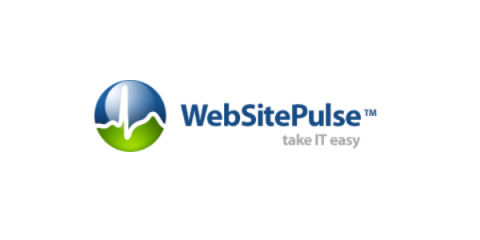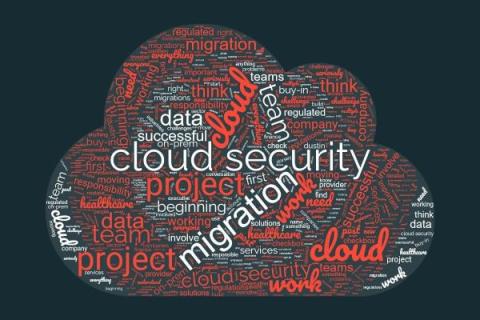Operations | Monitoring | ITSM | DevOps | Cloud
Security
The latest News and Information on CyberSecurity for Applications, Services and Infrastructure, and related technologies.
Double Down on Your Backups
Fighting the Good Fight for a Resilient Digital Future
This Cybersecurity Awareness Month, cybercriminals have far too much to celebrate. Attacks are rising in sophistication and brazenness, and no company or organization is immune. We could panic. Or we could lock arms, fight the good fight and put customers first. I vote for the latter.
Small Business Cybersecurity: Uncovering the Vulnerabilities That Make Them Prime Targets
According to a 2021 report by Verizon, almost half of all cyberattacks target businesses with under 1,000 employees. This figure is steadily rising as small businesses seem to be an easy target for cybercriminals. 61% of SMBs (small and medium-sized businesses) were targeted in 2021. But why are small businesses highly vulnerable to cyberattacks? We are looking into where the vulnerabilities are and what small businesses can do to protect themselves.
Leaky Apps - How Banning Them Builds App Security
Banning apps is sometimes necessary to protect your organization from malicious or misused applications. In particular, leaky apps can be a significant threat, and identifying and banning them is an essential app security measure. Some organizations choose a more flexible approach by allowing employees to use unsanctioned apps and monitor their usage for suspicious activity. Yet others don’t monitor employee app use at all, which is the riskiest approach imaginable.










